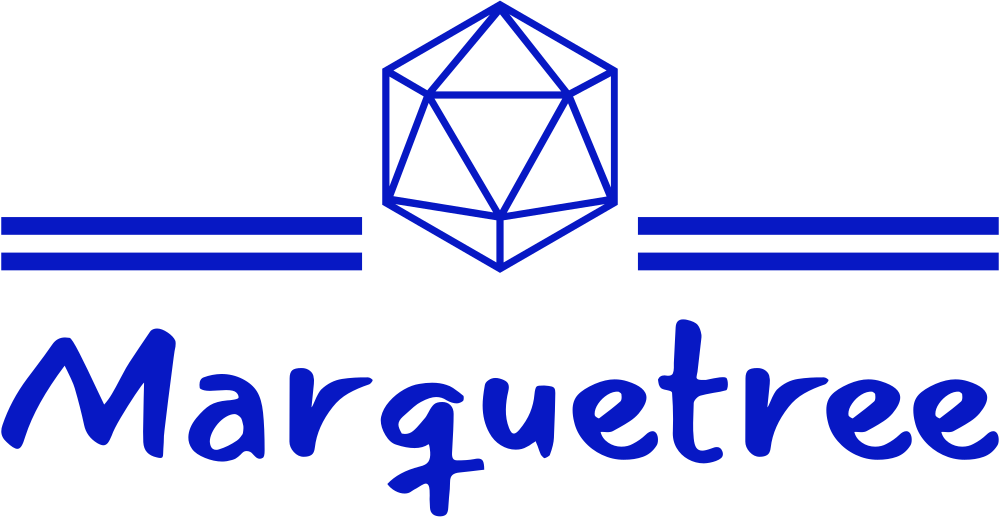In today’s rapidly evolving technological landscape, the need for sustainable practices extends beyond innovation to include responsible disposal and recycling of electronic devices. As the volume of electronic waste (e-waste) continues to escalate globally, the role of IT Asset Disposition (ITAD) and modern computer recycling services has become increasingly crucial. This article explores the significance of ITAD and highlights the evolution of computer recycling services in shaping a sustainable future.
Understanding ITAD and Its Importance
IT Asset Disposition (ITAD) encompasses the processes and strategies involved in managing and disposing of IT assets at the end of their lifecycle. It involves secure data destruction, refurbishment for resale, and environmentally responsible recycling of electronic equipment. ITAD ensures that organizations can safely retire outdated or obsolete IT assets while minimizing environmental impact and maximizing value recovery.
In recent years, ITAD has gained prominence due to several factors:
- Data Security Concerns: With increasing cybersecurity threats, proper data sanitization and secure disposal of IT assets have become critical for protecting sensitive information.
- Regulatory Compliance: Many countries have introduced stringent regulations regarding the disposal of electronic equipment to mitigate environmental hazards posed by e-waste.
- Corporate Social Responsibility (CSR): Businesses are increasingly expected to adopt sustainable practices, including responsible disposal of IT assets, to fulfill CSR objectives and enhance brand reputation.
Evolution of Computer Recycling Services
Computer Recycling Services have evolved significantly to meet the growing demand for sustainable waste management solutions. Unlike traditional disposal methods that often involved landfilling or incineration, modern computer recycling focuses on recovering valuable materials and reducing environmental impact through efficient processes such as:
- Material Recovery: Advanced recycling facilities employ technologies to extract valuable metals like gold, silver, and copper from electronic components, minimizing the need for mining raw materials.
- Component Reuse: Functional components from retired IT equipment can be refurbished and reintegrated into new products, extending their lifecycle and reducing overall resource consumption.
- Environmental Responsibility: Certified recycling centers adhere to environmental standards and guidelines, ensuring that hazardous materials like lead and mercury are safely handled and processed.
Benefits of Adopting ITAD and Modern Recycling Practices
- Environmental Conservation: By recycling IT assets, organizations contribute to reducing greenhouse gas emissions and conserving natural resources that would otherwise be extracted for new electronics production.
- Cost Savings: Proper itad practices can generate revenue through the resale of refurbished equipment or recovery of valuable materials, offsetting the costs associated with asset disposal.
- Compliance and Risk Mitigation: Adhering to regulatory requirements for IT asset disposal reduces legal and financial risks associated with non-compliance and data breaches.
- Enhanced Corporate Reputation: Demonstrating a commitment to sustainability through responsible IT asset management enhances brand reputation and attracts environmentally conscious stakeholders.
The Role of Innovation in Tech Recycling
As technology continues to advance, innovations in recycling processes are poised to further improve efficiency and sustainability in IT asset disposition. Emerging trends such as automation in dismantling processes, blockchain for tracking recycled materials, and eco-design principles in product development are reshaping the future of tech recycling.
Conclusion
The future of tech recycling lies in the integration of ITAD principles and modern computer recycling services. By adopting these practices, businesses not only mitigate environmental impact but also unlock economic value from retired IT assets. As global awareness of e-waste grows, investing in sustainable IT asset disposition not only aligns with regulatory requirements but also positions organizations as leaders in corporate sustainability.
In essence, ITAD and modern computer recycling services are pivotal in fostering a circular economy where the lifecycle of electronic devices is extended through responsible recycling and resource recovery. Embracing these practices today ensures a sustainable tomorrow for both businesses and the planet.
